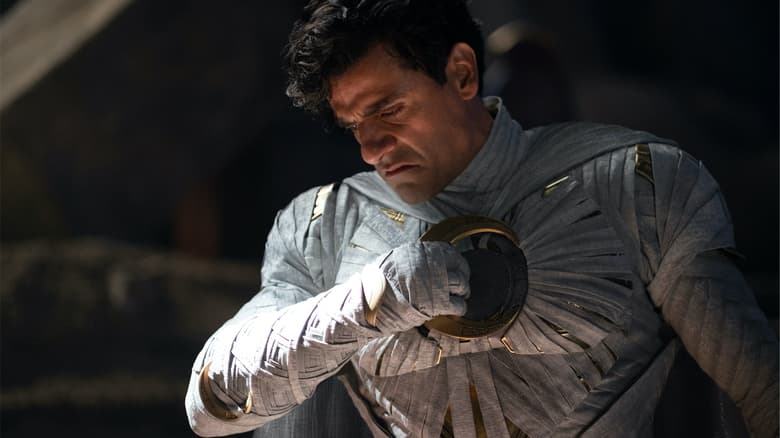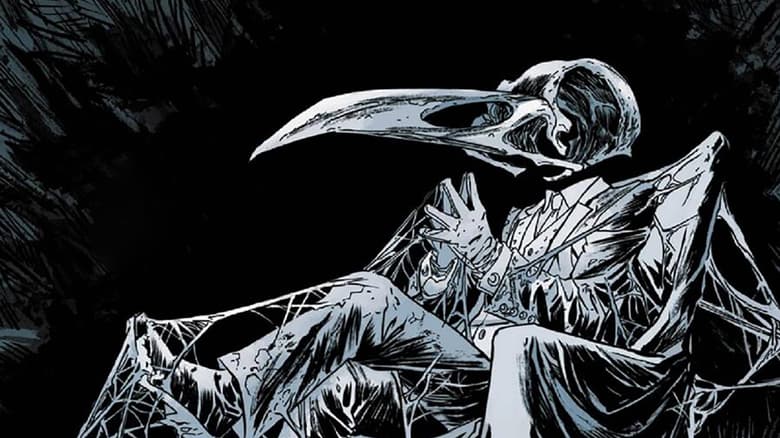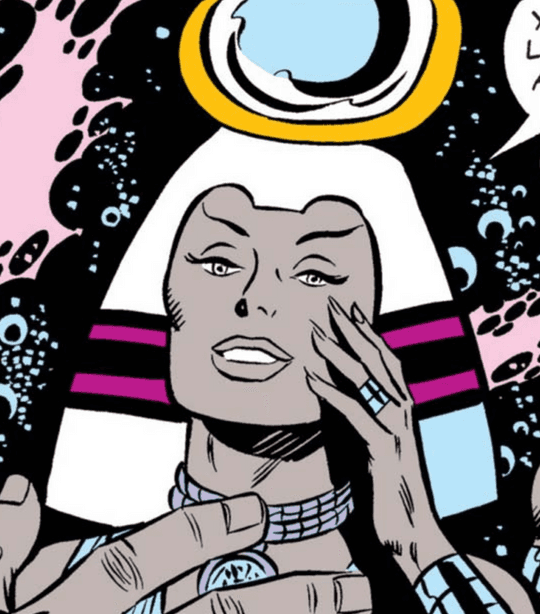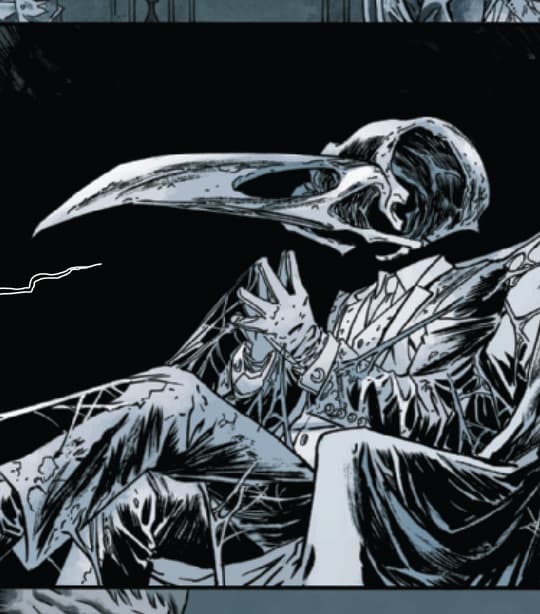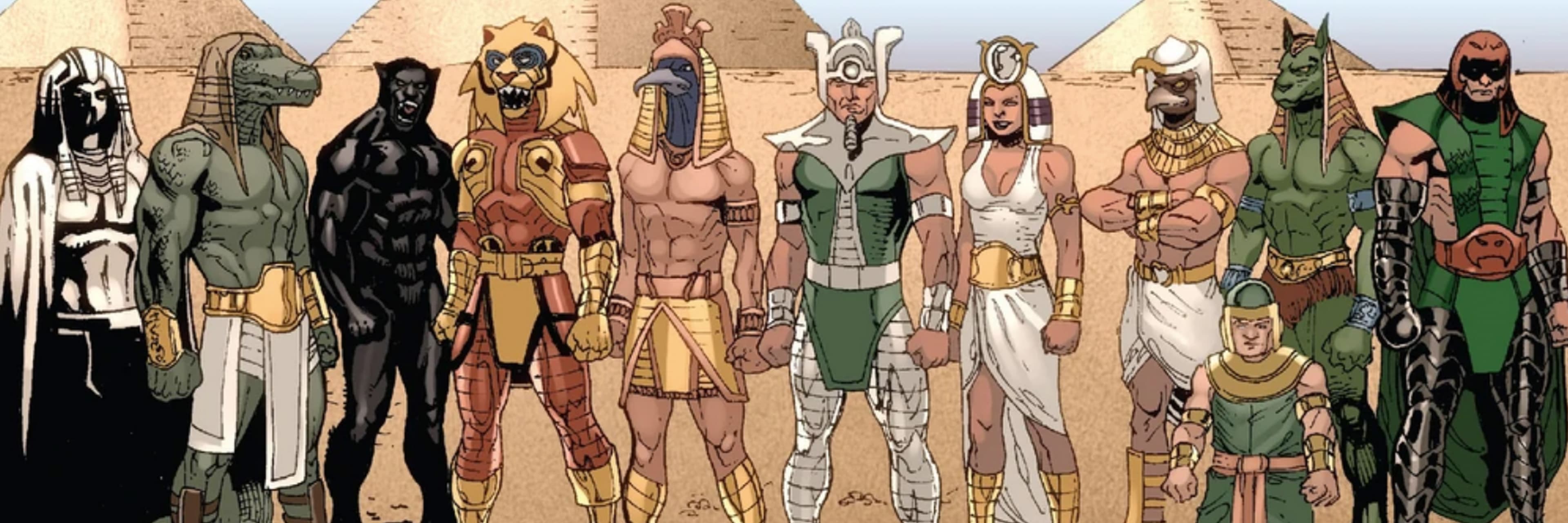
Heliopolitans – Egyptian GodsEnnead
Latest News
History
History
The Ennead are the gods of Ancient Egypt, beings who can wield cosmic and elemental energies, hailing from the realm of Heliopolis.
Egypt’s Ancient Deities
According to ancient myths, the Elder Goddess Gaea called upon the sentient life force of Earth’s biosphere, Demiurge, and the essence of chaos or the primordial ocean of nothingness to the ancient Egyptians, the pair are known as Neith and Nun, respectively. They sired Atum and later Thoth, the Egyptian gods’ progenitors. Millions of years ago, Gaea realized that dinosaurs had reached an evolutionary dead end and shifted her favor to mammals. Gaea’s brother, the demonic Elder God Set—known as Apep to the ancient Egyptians—derived power from the dinosaurs and directed them to slaughter the mammals. Fearing Set’s power, Gaea summoned Atum for protection. Atum and Set fought savagely for untold millennia until Atum transformed into the monstrous Demogorge and drove him off. Atum eventually took the aspect of Ra, the primordial sun god worshipped in ancient Egypt, while Thoth became the moon god. As Ammon Ra, Atum ruled the Ogdoad, the Egyptian gods’ first incarnation, with Thoth serving as his arbitrator and grand vizier became known to mortals as the Hermopolitan gods.
Godly Attributes
The Ennead, AKA the Pesedjet, Heliopolitans or Egyptian gods, cease aging at adulthood and cannot die by conventional means. They are resistant to conventional diseases and injury, and have superhuman healing, endurance and reflexes. Only dispersal of a major portion of an Ennead’s bodily molecules will cause death, and even then resurrection via other gods may be possible. Ennead flesh and bone are two and a half times denser than human tissue, and average gods and goddesses can lift about 30 and 25 tons, respectively.
Many Ennead possess additional superhuman powers. For instance, the luck god Bes can bend probability to his advantage or to the disadvantage of others. Most Ennead are skilled therianthropes, able to shift from humanoid form into the animal form that is most sacred to them. Most prefer to manifest in a theriocephalous form with a humanoid body and an animal head.
Gods and Goddesses
The Ogdoad’s membership includes four sets of gods and goddesses: Atum, AKA Ammon Ra, and air goddess Amaunet; Huh and Hauhet, who represent infinite space and visible matter; Keku, AKA Kuk, and Kauket, who represent darkness; and Nun, AKA Demiurge, and water goddess Naunet. While myth states the Ogdoad spawned Ra and Thoth (the Ogdoad’s senior appearance causing this misconception) and created Earth, Amaunet, Hauhet, Hu, Kauket, Keku and Naunet are believed to be Ra’s spawn. As Ra’s first creations, the Ogdoad may have been imperfect and aged more rapidly than the virtually immortal Ra and Thoth. The Ogdoad ruled from the Earth city Hermopolis, AKA Khmun, near modern-day el-Ashmunein, Egypt, and became known to mortals as the Hermopolitan gods.
Ra and Amaunet spawned Chons, AKA Khonshu, and Montu. Many of the Ogdoad eventually perished under unrevealed circumstances, and Keku fell under the Elder God Chthon’s dark influence. In the 11th century BC, Keku (now a darkness and chaos god) bent sorcerer Heka-Nut to Chthon’s service. Heka-Nut later became the necromancer Glitternight.
Antagonists and Acolytes of the Gods
The Ennead are gods worshipped by the Egyptian people on Earth in Northern Africa. More often than not, Seth goes to war with his fellow Egyptian deities and even the Elder God Set, stealing his acolytes. Thunder God and Asgardian Thor Odinson, AKA Thor, comes to the aid of the Ennead on more than one occasion, and sometimes with the help of his fellow Avengers, and defeats the wayward god.
The Ennead join the Council of the Godheads when the space-beings the Celestials and other menaces threaten Earth. Osiris is often the Ennead’s representative but his son, the sun god Horus will occasionally act as his proxy.
Ancient History
Starting anew, Ra sired the first of the Ennead on Earth, the next generation of Egyptian gods, including the twins, air god Shu and rain goddess Tefnut, and later Bast the Panther God, Sobek the Crocodile God, and Sekmet the Lion God. Thoth (as Ibis) and Bast were each worshipped as early as 10,000 BC, and possibly before. Ra eventually left the Ennead to live on Earth’s sun, and was succeeded as the Ennead’s ruler by Shu. Thoth continued to serve the Ennead ruler, becoming god of wisdom, and passing the moon god role to Khonshu, who was nonetheless primarily worshipped as god of vengeance. With Tefnut, Shu begat earth god Geb (with an affinity for mountains and the Earth’s crust) and sky goddess Nut (specifically the starry heavens), who eventually succeeded their parents when they became too old and weary, and sired another generation of Ennead: Osiris, the benevolent god of the dead, followed by fertility goddess Isis, the evil Seth and benevolent death goddess Nephthys, who also protected female household heads.
Following the end of the Hyborian age, circa 8000 BC, Seth posed as and usurped the worship of Set, establishing a large following in the pre-Egyptian civilization. When Geb stepped down, Osiris was chosen to succeed him as head of the pantheon, much to Osiris’ jealous younger brother Seth’s dismay, who sought to rule Heliopolis himself. With Isis, Osiris fathered sun god Horus, and with Nephthys (who had no children with her husband, Seth), he fathered Anubis, god of funeral rites. Largely worshipped by the Nile River Valley’s inhabitants, the Ennead ruled from the city of Heliopolis (“City of the Sun”; also known as “Iunu,” near modern day Ain Shams, Egypt). At the same time, Khonshu posed as a human pharaoh in Thebes, which still worshipped Ra.
The Elder Goddess Oshtur was also worshipped by the Egyptians as Ma’at, a goddess of truth, balance, order, morality, justice and law, predating even the Ogdoad. She worked alongside Thoth and Osiris in judging mortals’ lives, and some sources list her as Thoth’s wife or lover. The Halls of Ma’at were guarded by the monstrous Ammit, who was a mixture of four man-eating beasts: leopard, crocodile, lion and hippopotamus. Ammit devoured the heart and soul of those whose sins outweighed their good.
During Osiris’ reign, he placed mortal pharaohs in charge of Heliopolis; Osiris taught humanity funeral rites, preparing the afterlife for his loyal worshippers, while Isis taught humanity, medicine and domestication. The gods eventually became less involved in mortal affairs and established a palace on a small planetary object in the extradimensional realm Celestial Heliopolis, a small dimension adjacent to Earth. The netherworld Duat is associated with Celestial Heliopolis and connects to Earth at a nexus near modern-day Naama Bay, Sharm el-Sheikh, Egypt. Many gods established their own realms, with Bast’s Panther Palace existing bordering Heliopolis and Orun (the Vodu/African gods’ realm).
During the reigns of Rama-Tut (2950-2940, and 2937-2920 BC) and Akhenaten (1351-1334 BC), the Ennead were angered as worship shifted from them to Rama himself and back to Ra/Atum/Aten, respectively.
Seth eventually murdered Osiris in his attempt to take control of Celestial Heliopolis, locking him in a coffin and later scattering pieces of him throughout Egypt. Isis, Nephthys, Horus and Anubis combined their powers to regather and resurrect Osiris, who then dispatched Horus to exact vengeance upon Seth. Horus engaged Seth in a cataclysmic battle lasting centuries, ending when Seth finally defeated Horus circa 31 BC. Seth sealed Osiris, Isis and Horus in a pyramid in Egypt; Thoth ruled the Ennead during Osiris’ absence. Upon the spread of monotheism in Egypt, many Ennead were abandoned by their worshippers, and Thoth relocated the remaining gods to Heliopolis around the 5th century AD. However, Bast maintained his status as the patron deity of the landlocked East African nation Wakanda. Sekhmet and Sobek also maintained influence as the patrons of less influential East African cults.
Circa 1000 AD, Ammon Ra attended the Council of Godheads to discuss the Celestials’ threat, but the virtually omnipotent Celestials threatened to sever the gateways connecting the gods’ respective realms to Earth, forcing the godheads to promise not to interfere with the Celestials’ plans to judge humanity’s worthiness. Planning to battle the Celestials in 1000 years, the godheads instilled power into the Asgardian-forged Destroyer armor. Over the next millennium, Hathor joined Gaea in seeking a peaceful alternative, gathering humans representing mankind’s highest ideals.
In recent years, the Asgardian Sky Father Odin freed Osiris, Isis and Horus. Imbuing Odin with the “Atum-Force,” the trio hoped to use him to defeat Seth. With the Asgardian thunder god Thor’s aid, Seth was defeated, his right hand disintegrated by Odin via the Atum-Force. Thoth relinquished the throne to Osiris upon his return to Celestial Heliopolis. Returning to Duat, Seth later sent Siapep the Devourer (spawn of Apep, a manifestation or aspect of Set) to slay Horus. Siapep proved too mighty to control, and Osiris defeated him with Thor, and Ben Grimm, AKA the Thing’s aid. When most Asgardian gods were slain attacking the Celestials, Gaea appeased the Celestials by presenting the gathered humans (the Young Gods), and Osiris granted Thor life energies to resurrect the Norse pantheon.
Subsequently ambushing several of the Ennead, Seth drained their power and conquered Heliopolis. Manipulating luck god Bes into increasing his chances of success, Seth subsequently captured Odin and organized a large army, under his servant Grog’s command, and assaulted Asgard, but eventually was thwarted and his prisoners released by the Asgardians and Earth’s heroes . Seth’s subsequent efforts to acquire power on Earth and to destroy the Asgardian gods by destroying their world tree, Yggdsrasil, were foiled by Eric Masterson, AKA Thunderstrike, and the Asgardians.
Horus later represented the Ennead at the Council of Godheads to address the mad Akhenaten, who had been rendered nearly omnipotent by the Heart of the Infinite. Horus used the mystic Eye of Ra to observe Akhenaten, who detected them and destroyed Horus and most others; however, Thanos of Titan subsequently obtained the Heart of the Infinite, traveled back in time and prevented Akhenaten from gaining its power, diverging these events to Reality-4321; in Reality-616, Akhenaten was slain by a time-traveling Victor von Doom, AKA Doctor Doom. After the Asgardian Sky Father Odin perished battling the demonic Surtur, Osiris attended a Godheads Council that determined that Thor was not yet ready to replace his father on the Council. Both Horus and Osiris later represented the Ennead at a Council of Godheads convened by the Olympian goddess Athena to address the threat of the Skrull gods. Horus convinced his great-great-grandfather Atum/Demogorge to accompany a team of Earth-based gods on a preemptive assault on the Skrull gods, though Atum was destroyed during the mission . When Thor was dejected after being duped into killing his grandfather, Bor, Seth sent his minions Gog, Magog, Grog, and Scarab to attack him, but Thor rallied to drive them off.
Base of Operations
- Celestial Heliopolis (extradimensional realm)
Current Members
- Anubis (Anpu),
- Isis,
- Khonshu,
- Osiris,
- Horus,
- Seth
